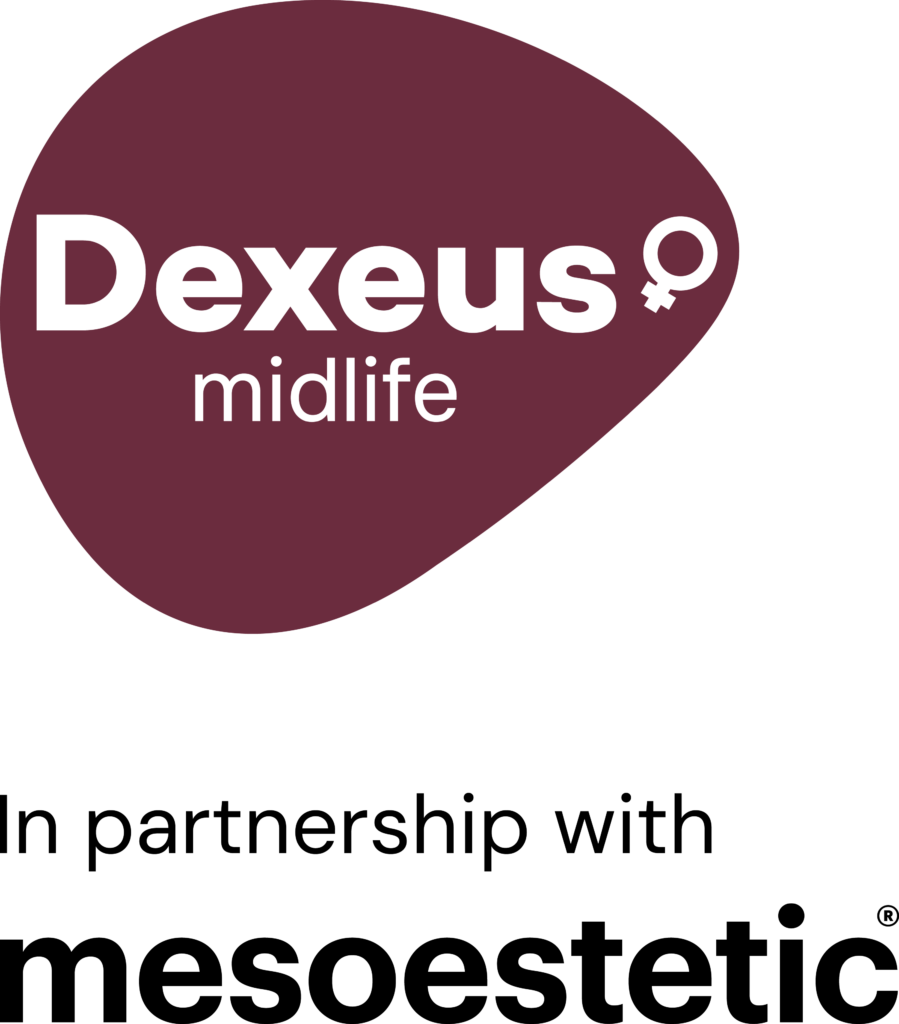Regenerative medicine is useful for treating many problems where there is damage or loss of tissue due to surgical or traumatic lesions, ageing problems or autoimmune disorders, among other causes.
In gynaecology, PRP is particularly useful in treating genitourinary atrophy of menopause, which causes dryness, pruritus, irritation, loss of subcutaneous fat, pain during intercourse, paleness, vaginal shortening and narrowing, urinary incontinence, decreased libido and orgasm, and recurrent vaginal and urinary infections.
Since it is a therapy that uses the individual’s own cells, it does not cause rejection. Another advantage is that it is applied on an outpatient basis.
What it is
It consists of applying intradermal microinjections with platelet-rich plasma (PRP).
- Obtaining the PRP
Plasma is obtained from a small sample of the patient’s own blood. The amount extracted is similar to that of a normal blood test.
- Sessions
There must be an interval of one month in between each session, and at the most three sessions can be held each year.
- Recovery
After treatment, the patient can go back to their normal life, although the specialist may indicate some special care depending on each case.
- Waiting time
The number of sessions required cannot be determined in advance. There must be an interval of one month in between each session, and at the most three sessions can be held each year.
Who is the treatment intended for?
- Genitourinary atrophy. For perimenopausal and postmenopausal women who have vaginal dryness and want to improve the features of the skin in the genital area.
- Vulvar lichen sclerosus. As an adjunct to standard treatment or in cases where treatment has failed.
- Tissue healing. In case of painful and retractile scars, acute and chronic fissures.
- Tissue regeneratio. For ageing or any process that requires tissue regeneration, to improve or accelerate tissue healing.
- Aesthetic medicine. As an adjunct to healing and regeneration in treatments such as labiaplasty, genital surgery, increasing the volume of the labia majora and genital bleaching.
Expected outcome
- Improves symptoms of genital dryness associated mainly with menopause or cancer treatments (radiotherapy, chemotherapy).
- Rejuvenates the skin of the area surrounding the vagina.
- Facilitates vaginal opening.
- Decreases pain during sex with penetration.
- Increases natural lubrication.
- Improves the healing of wounds that do not close easily.
Side effects
- No side effects have been reported other than those that may be caused by the technique itself. This technique involves a puncture so small bruising may occur, although it is very rare.
FAQs
Is this treatment an outpatient procedure? How long does it take?
Yes. It is performed in a consulting room and takes about 30 minutes.
Are there any contraindications?
Yes. It is contraindicated in cases of a history of hepatitis B, infections, inflammatory diseases, positive serology or heart disease.
Do I need to fast for the platelet collection?
You do not need to fast, but it is important not to eat too much in the preceding 2 or 3 hours.
How long does it take to notice the results?
The results for some women are fast, although sometimes it takes several weeks to achieve the desired effects since the response depends on the absorption and regeneration capacity of the tissue, which varies from person to person.
How many sessions are recommended?
The frequency is 1 per month and at most 3 per year.
Do I have to rest after treatment?
No. Normal activity can be resumed immediately after the treatment and sexual activity after 72 hours.
Is it painful?
No; topical anaesthesia is used.
Discover the experiences of our patients
I recommend it 100%
“Lorem ipsum dolor sit amet, consectetur adipiscing elit. Curabitur consectetur euismod tellus, vel pretium nulla. Vestibulum lobortis venenatis erat vel rhoncus. Phasellus volutpat tortor vitae nisl pharetra tristique. Sed ac nisi congue, posuere felis tincidunt, consequat risus. “
Carmen Rodríguez, Barcelona
Related treatments
Functional recovery laser treatment
Functional recovery laser treatment
Laser treatment induces a regenerative response at the cellular level that favours the synthesis of collagen and vascularisation of tissues,...
Read moreFunctional Magnetic Stimulation Chair
Functional Magnetic Stimulation Chair
Functional magnetic stimulation is a technique that uses electromagnetic fields of different intensity to tone the pelvic floor muscles....
Read moreVulvovaginal hydration
Vulvovaginal hydration
Treating the genital area with hyaluronic acid is one of the techniques we can use to hydrate the vulvovaginal area...
Read moreCarboxytherapy
Carboxytherapy
It consists of the infiltration of carbonic anhydrase (CO2) in tissues to promote an increase in blood circulation and to...
Read moreFat grafting
Fat grafting
It is applied in the urogenital area to stimulate tissue regeneration. It improves hydration, tone and lubrication of the vulvovaginal...
Read moreRegenerative mesotherapy
Regenerative mesotherapy
It is a medical technique that allows you to take vitamins and active substances through dermis microinjections into the skin...
Read moreIntimate depigmentation
Intimate depigmentation
Darkening of the skin in the intimate area in women is associated with ageing. There are minimally invasive solutions that...
Read moreLabiaplasty
Labiaplasty
It is a surgical procedure performed to reduce, reshape or correct asymmetries in the labia majora or labia minora of...
Read morePelvic floor physiotherapy
Pelvic floor physiotherapy
Hormonal changes and posture have an impact on the pelvic floor muscles. Often it is not seen or noticed until...
Read moreRadiofrequency
Radiofrequency
Radiofrequency is a cell activation therapy that stimulates the formation of collagen and elastin and increases blood flow, which makes...
Read more
